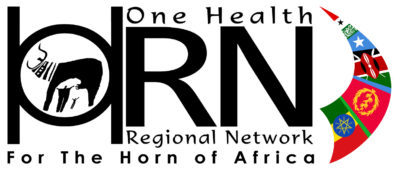
Dr Samson Leta, from Addis Ababa University, and Dr Sintayehu Dejen, from Haramaya University, are research fellows on the HORN project after successfully receiving funding at the first sandpit event.
Vector borne diseases continue to constrain agricultural productivity, food security, and public health development in the Horn of Africa. Among these vector borne diseases, Rift Valley Fever (RVF) and West Nile Virus (WNV) are recognised as significant threats to human and animal health with large impacts on the economy, by impeding livestock productivity and international trade of live animals and animal products. Dr Leta and Dr Dejen are aiming to identify biotic and abiotic factors associated with RVF and WNV transmission in Ethiopia, by assessing the species, abundance and environmental preference of the major vectors, and identifying and characterising RVF virus and WNV from vectors.

Following a One Health approach, the project will quantify the effect of the interactions between ecological and epidemiological risk factors in the transmission of these diseases through integrated approaches including epidemiological survey, habitat suitability modelling, entomological survey, mosquito vector identification and molecular diagnosis. The study will be conducted in two major sites in southern (Borena zone) and South Eastern pastoral and agro-pastoral areas (Somali region) of Ethiopia (Figure 1). The study populations are pastoralists and agro-pastoralist communities in South-Eastern Ethiopia (Ethio-Somalia Border) and Southern Ethiopia (Ethio-Kenya Border).
There is a significant knowledge gap on eco-epidemiology of RVF and WNV in the Horn of Africa. This project will provide up-to-date information about RVF and WNV occurrence in vectors and set future direction for additional research. Risk maps will be developed for RVF and WNV at a local level for the study area. Risk and suitability mapping for the Horn of Africa will then be developed based on the result from the study area and other previous studies. Knowledge on the dynamic interaction between ecology, host, vectors and pathogens is an important pre-requisite to design effective vector and vector borne diseases control strategies. The project will identify risk factors and develop a risk map. Thus, it will provide a unique opportunity to minimise transmission of vector borne disease. This in turn helps the pastoralists to avoid risky areas, thereby reducing livestock productivity loss due to diseases, and alleviating poverty, hunger and food insecurity.
